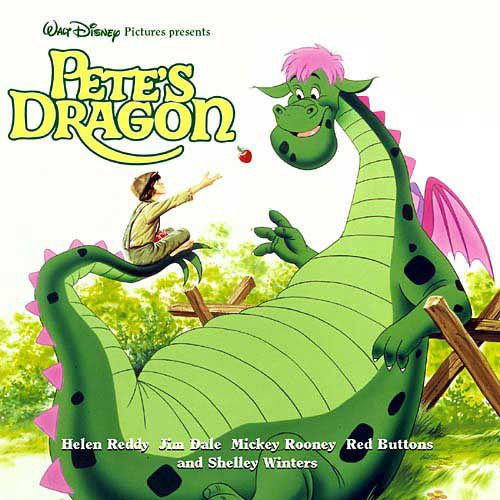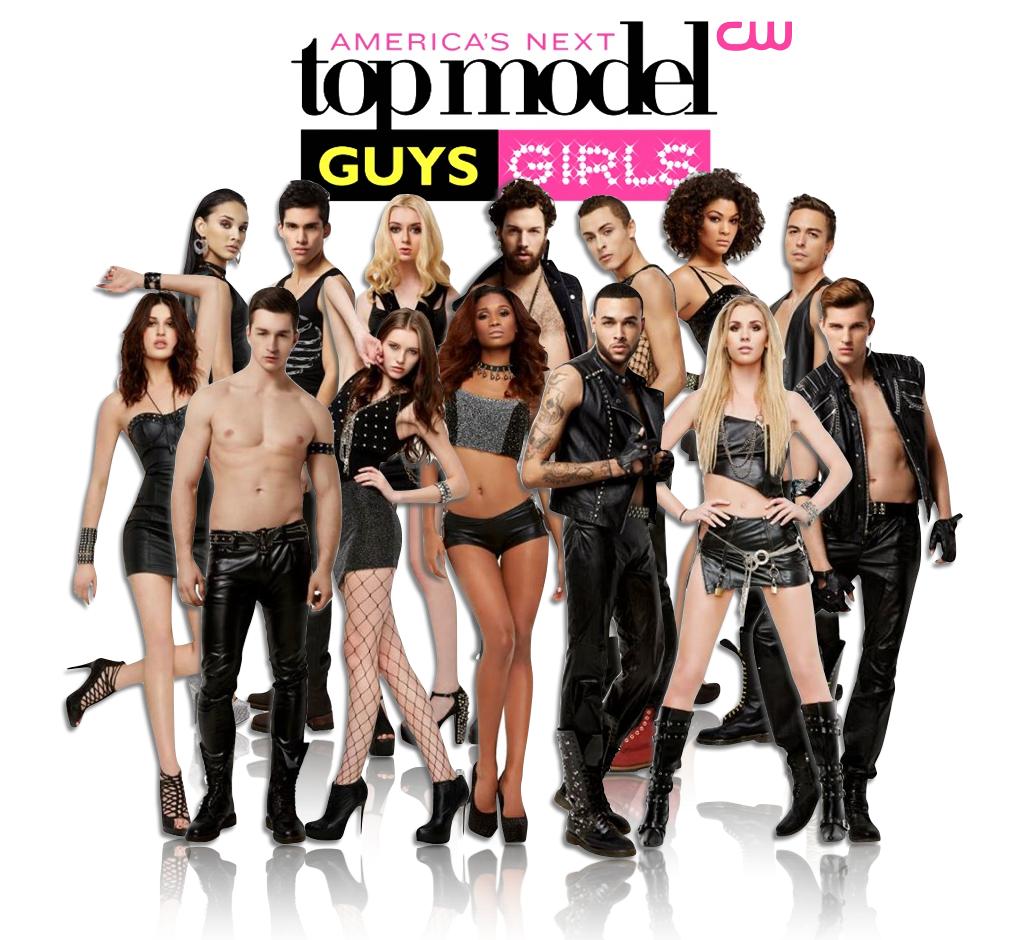- What part of the supply chain is distribution? Distribution is the third part of the chain.
- What is distribution often referred to as? Distribution is sometimes referred to as the 'invisible art' as it is a process known only to those within the industry and it is never usually written about.
- What does 'vertical integration' mean when discussing distribution? Vertical integration is where the three stages: production, distribution and exhibition are under the control of one company which sees them as part of a large process instead of individuals.
- Why isn't 'vertical integration' so common in the independent sector? Vertical integration doesn't commonly happen in the independent film sector as producers don't usually have long term links with distributors; who similarly have no links with exhibitors.
- What three stages are involved in the independent sector? Licensing, marketing and logistics are part of the independent sector.
Licencing
- What is licencing? The process where a distributer requires legal rights to exploit a film.
- What are the two levels of licencing? International Distribution and Local Distribution.
- What is the advantage of being a major US studio? US studios have their own distribution offices in all major territories.
- What three different types of rights can you acquire on a local level? Theatrical rights (cinema) Video rights (video and exploration) and TV rights.
- What are royalties? Royalties are paid to the producer by the distributors. Royalties are taken from the profit the film makes. This profit is then equally shared to the producer for theatrical leg, payback higher royalties, broadcast rights, and lower for video and DVD.
- What is the most effective way to increase interest in a film? Releasing the film in a theatrical way (meaning in cinemas) is the best way, however it should also be well marketed.
- How long does it take for a film to reach 'free to air' TV? It takes two years for a film to be shown on television after being released in cinemas.
Marketing
- What are the two key questions surrounding the marketing of a film? 'When?' and 'How?'
- What day are films typically released on? Films are typically released on Fridays in the UK.
- What will a distributor look at before releasing a film on a Friday? Distributors will look at the film release schedule and see which Friday has the least amount of film releases before they make a decision.
- What is a 'light' week in terms of distribution? A light week is where there are only a few films due to be released.
- What does it mean to 'position' a film distinctively? Positioning a film distinctively is where the distributors make sure that they avoid releasing their film at the same time as a film including similar traits like themes, subject matter etc.
- Why has this become increasingly difficult in the UK? In the past there has been almost 10 new releases a week scheduled, so it makes it difficult to find a prime time to release.
- What are P&A? P&A are the costs of print and distribution.
- How much can P&A cost? The P&A can range from less than £100,000 to 1 million for release of film in the UK.
Marketing - Prints And Adverts
- Typically how many prints will a 'specialised' film have? A specialised film will have less than 10 prints.
- How many will mainstream films have? A mainstream film will have over 200 prints.
- What is a key factor in developing the profile of a film? Press Response
- How else can awareness of a film be raised? Advertising a film in magazines, newspapers, on the radio and cinema posters help build awareness.
- Why is distribution in the UK seen as risky? The cost of print for advertisement is high in the UK.
- Why are companies looking towards viral marketing? Marketing and advertisement are at a low cost and it is effective.
- What are the benefits of a 'talent visit'? It wins significant editorial coverage for support with release.
Logistics
- In the pre digital film age what was a distributor responsible for? A distributor was responsible for the transportation of films to the cinemas across the UK.
- How much does a 35mm print typically cost? It usually costs £1,000, however if it is subtitled it would be double the price.
- How many reals is a typical feature print? 5 or 6.
- Why do 35mm prints get damaged? They go through so many different projectors they end up getting damaged.
- Where are prints stored? UK's Central Print warehouse in West London.
- How long did a theatrical release used to last? Theatrical release used to last around 6 months.
Digital Distribution
- When did digital distribution begin in the UK? Digital distribution began in the UK towards the end of 2005.
- Name two advantages of digital distribution? It is a cheaper way to distribute and it is easier to transport as it can be done through computer files or a USB; instead of being delivered on film by delivery vans.
- Which countries adopted digital distribution early and why? China and Brazil...
- How many screens were digital in 2005 and how many are now? 211 in 2005 in the UK...
- Why has digital distribution radically altered the operating model of distributors? Digital distribution radically altered the operating model of distributors due to the low cost of film copies and digital distribution providing a greater flexibility in distribution.
- What has happened to the typical release period for a film? When a film is still being exhibited in cinemas, it is available to pre order on DVD or Blu-ray.
- What is a loss leader and why are companies using the Cinema as a potential loss leader? A loss leader is where a product is sold below its market cost to attract customers. Companies use the cinema to do this as it attracts a large audience so they will therefore want to see the product. This helps as a large number of people go to the cinema at least once or regularly.












.jpg)
